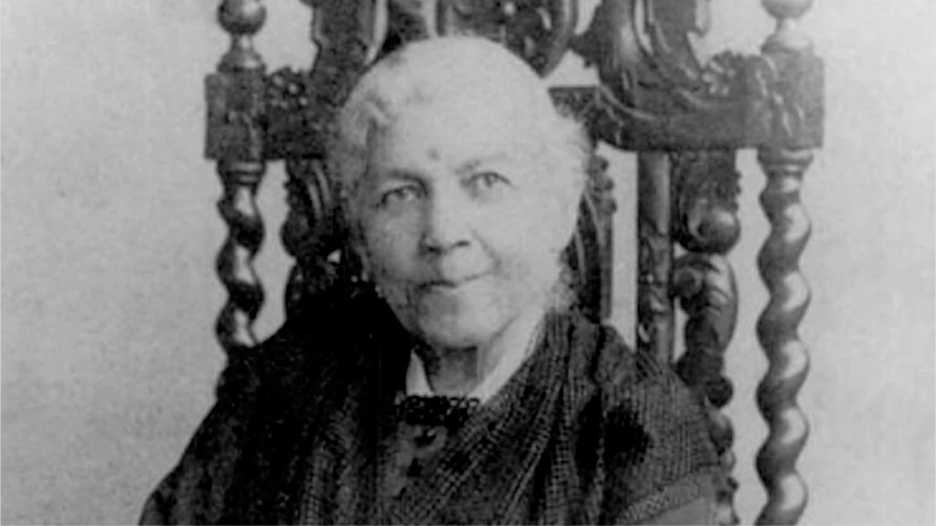Ann
Harriet Ann Jacobs was born into slavery ca. 1815, in Edenton, North Carolina. She was raised on a plantation by her parents Delilah and Daniel Jacobs. After her mother died, young Harriet took her mother’s place as the mistress’ slave. The mistress taught Jacobs how to read and sew. Once the mistress died, her three-year-old niece was given ownership of Harriet. Since the child was so young, Harriet’s master was the niece’s father, Dr. James Norcom.
Turmoil
While in bondage, Jacobs was subjected to Norcom’s sexual advances. After Norcom’s wife grew suspicious of his lust, he built a cottage for Jacobs that was four miles away. The advances continued, however. Jacobs asked to marry a free Black man but that infuriated Norcom. She later developed a plan to escape. Her plan included beginning an intimate relationship with a White lawyer.
Escape
After seven years of abuse, Jacobs made her escape. She lived in a small 9 ft.-by-7 ft. attic that her grandparents had built. By this time, the father of Jacob’s children had purchased them from Norcom. In 1842, she finally escaped to Philadelphia. She stayed there for a moment until she left for New York. There, she was able to reunite with her daughter.

Abolitionist
While living in New York, Jacobs was also able to reunite with her brother who was also a fugitive slave. There, she became an abolitionist. She remained an abolitionist until the end of the American Civil War.
Autobiography
Many of Jacobs’ fellow abolitionists encouraged her to write about life prior to freedom. She heeded their advice and wrote her autobiography, Incidents in the Life of a Slave Girl. She was a pioneer. Her autobiography was the first book to openly discuss the harassment, abuse, and rape that slave women had to endure.
Activism
Jacobs’ book was praised by many. Others–including abolitionists–found her content unsettling. Both Jacobs and her book grew in notoriety. During the Civil War, she used her celebrity to raise money for Black refugees. Once the war ended she continued to support newly-freed Black people by working for the New England Freedman’s Aid society.
Later Years
Jacob moved to Boston shortly after the war. In order to support herself, she ran a boarding house for Harvard students and faculty. She later moved to Washington, D.C. to live with her daughter, Louisa. There, Harriet Ann Jacobs died in 1897. She was ca. 82 years old.

**The views and actions of the DDH historical figures that are featured may not reflect the views and beliefs of Ramiro The Writer or We Buy Black. Thank you.**








